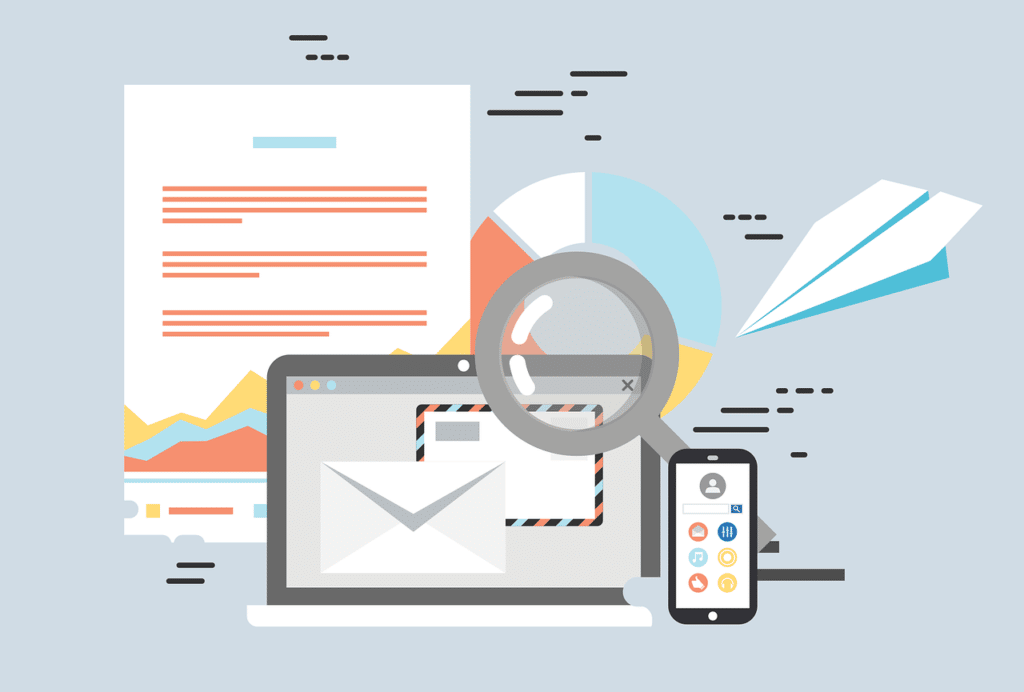Top 5 Ways to Fix Mail Not Receiving Emails on Mac
Are you not receiving emails on your Mac?
This could be due to several reasons, but luckily, there are several ways to fix the issue.
Add your email account again to the Mail App
We’ll show you how to add your email account again in the Mail app on macOS.
- Open the Mail app on your Mac.
- Click on the File menu and select “Add Account.”
- Enter your name, email address, and password.
- Click “Continue.”
- Select the type of account you want to add (IMAP or POP).
- Enter the incoming mail server information and click “Continue.”
- Enter the outgoing mail server information and click “Continue.”
- Your account should now be added successfully!
- If you have any trouble, contact your email provider for support.
That’s all there is to it! Adding your email account again in the Mail app on MacOS is a quick and easy process that only takes a few minutes to complete.
So, if you ever find yourself in this situation, don’t fret—just follow the steps outlined above and you’ll be back up and running in no time at all.
Check and remove any unnecessary Mail Rules
If you use the Mail app on your Mac, you may have noticed that certain rules automatically apply to your inbox. These rules can be helpful if they’re doing what you want them to do. But if they’re not, or if you just want to get rid of them, here’s how to do it.
- Open the Mail app on your Mac.
- Click on the “Mail” menu in the menu bar and select “Preferences.”
- In the Preferences window, click on the “Rules” tab.
- Select the rule that you want to delete and click on the “-” button at the bottom of the list.
- You will be asked to confirm that you want to delete the rule. Click on “Delete Rule” to confirm.
- Repeat steps 4-5 for each rule that you want to delete.
- When you’re finished, close the Preferences window.
That’s all there is to it! Deleting rules from the Mail app on MacOS is a simple process once you know where to find them. We hope this blog post has been helpful. If you have any questions or need more assistance, feel free to reach out to us and we’ll be happy to help.
Although most of us don’t like to admit it, we’ve all been there…you know, when you accidentally hit “delete” instead of “archive” or you were unsubscribed from that emails list you wanted to be on. Whatever the case may be, we’ve all ended up in our junk folders at one point or another. But don’t worry, all is not lost! In this blog post, we’ll show you how to check your junk folder on your iMac so you can retrieve any lost emails.
Check Junk Folder
- Open Mail.app
- Select the mailbox you want to search in the column on the left side of the screen. For example, if you want to check your Gmail account, select that mailbox.
- Click on the “View” menu and choose “View threads.” This will display your messages in a threaded conversation view.
- Now that your messages are grouped by conversation, click on the “Arrange” button in the toolbar and choose “Date.” This will arrange your messages by date with the most recent messages at the top of the list.
- Scroll through your message list until you find the message or conversation you’re looking for. Once you find it, click on it to open it.
You can also use the search bar in the Mail.app to find a specific message or email address. Just type what you’re looking for into the search bar and press Enter/Return. Your results will populate automatically as you type.
Check if your email server is possibly full?
Google and Microsoft both offer unlimited storage space for your emails. However, there is a catch. If you have more than 10 GB of storage space in your account, you will be required to purchase additional storage space. The cost is $0.25 per GB per month for Google accounts and $0.20 per GB per month for Microsoft accounts. If you do not purchase additional storage space, your account will be suspended and you will not be able to send or receive any emails.
The reason for this limit is that email is a very resource-intensive service. Every time you send or receive an email, it requires server space and bandwidth. Limiting the amount of storage space that each user has, it helps to keep server costs down. Additionally, it helps to prevent abuse of the system by users who might try to store excessively large amounts of data in their accounts.
If you find that you are close to reaching the 10 GB limit, there are a few things that you can do to free up some space. First, you can delete any emails that you no longer need. Second, you can upgrade to a paid account which will give you more storage space. Finally, you can contact customer support and ask them to increase your storage limit.
Lastly..
Restart your iMac
If you’re having problems with your iMac, one of the first things you should try is restarting it. This will close any open apps and clear anyMemory caches. To restart your iMac, simply click the Apple logo in the top-left corner of your screen and select “Restart.” Your iMac will take a few moments to restart, but it should be up and running smoothly afterwards. If you’re still having issues, you can try resetting your PRAM or SMC. If all else fails, you can always contact our Apple IT Support for help.







